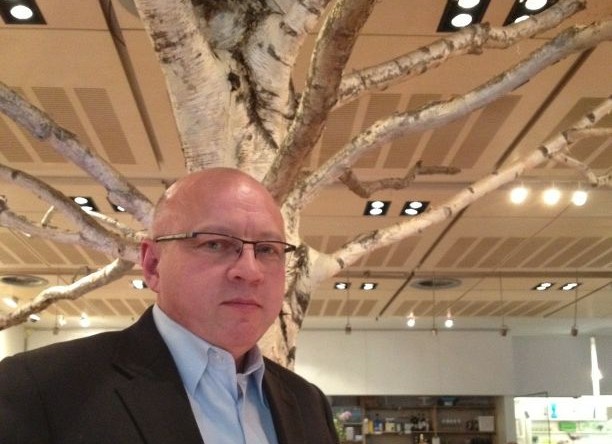
“Most buildings don’t have a good way to look at all their systems holistically,” Bartlett told me. “It’s like buying a car without a dashboard to tell you when the oil is running low or the engine is running too hot.” Buildings account for 42 percent of the worlds energy use and emit more carbon dioxide than cars.
[aditude-amp id="flyingcarpet" targeting='{"env":"staging","page_type":"article","post_id":419765,"post_type":"story","post_chan":"none","tags":null,"ai":false,"category":"none","all_categories":"big-data,business,enterprise,","session":"A"}']With the availability of cheap, wireless sensors, it’s now possible to measure nearly every facet of a building’s energy use. And what Barlett found in L.A. was striking. “You had one air unit that was blowing full on hot air, and another that was blowing full on cold air, working against each other, in the same building.”
Data, data everywhere, now let’s stop and think. That’s the big data model that Bartlett is hoping IBM can impart. “For a public company, an upfront investment in energy improvement can be a hard sell. It may have a long term benefits, but they answer to the market every quarter.”
AI Weekly
The must-read newsletter for AI and Big Data industry written by Khari Johnson, Kyle Wiggers, and Seth Colaner.
Included with VentureBeat Insider and VentureBeat VIP memberships.
Bartlett’s message is simple. “We’re not asking you to rebuild anything. Let’s look at what you’re working with and see how we can save money through efficiency. We are no longer held back by tech. Most buildings are drowning in data.” Energy typically accounts for 30 percent of a buildings annual costs, so savings through sustainability can have a big impact on a company’s bottom line.
The average consumer might relate to Bartlett’s work by thinking of a product like the Nest learning thermostat. IBM is working with big corporate clients, but the same principles apply. Visualizing data, layering on machine learning that tracks user behavior, and making an intuitive interface that non-technical experts can grasp when dealing with heating or cooling their homes or offices.
Bartlett specializes in what he calls miniature cities, like Tulan University, which is being completely rebuilt after the flooding of Hurricane Katrina, is working with Bartlett to create smart systems from the beginning that will lay a foundation for a more efficient, environmentally friendly campus.
But computers are only part of the story. “We always looking for ways to get people involved,” says Bartlett. At the LA School Dsitrict, IBM created a smartphone app, in partnership with the startup Citysourced, that lets students and teachers photograph, geotag and report things like cracked windows or broken air conditioners. “Crowdsourcing is a powerful way to augment our data. I always say, when it comes to new gathering information, humans are the smartest sensors.”
Photo by Ben Popper
VentureBeat's mission is to be a digital town square for technical decision-makers to gain knowledge about transformative enterprise technology and transact. Learn More
